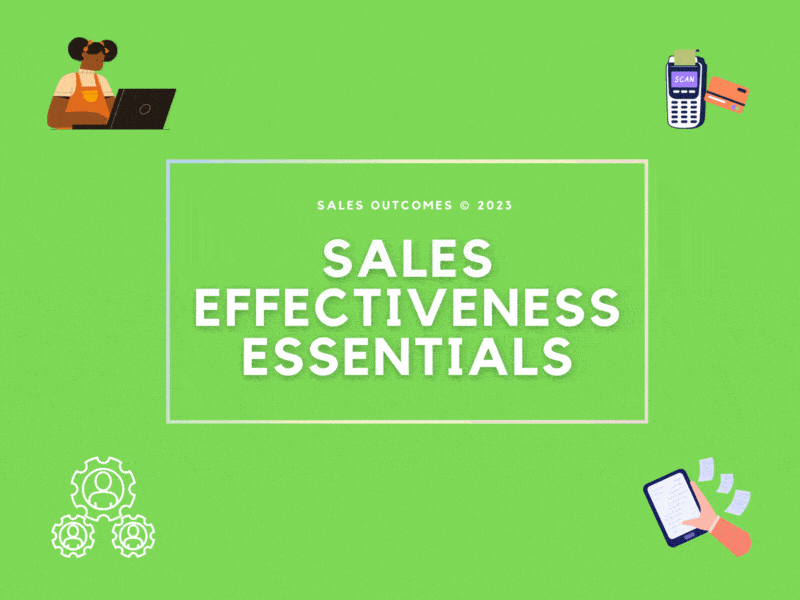Sales Effectiveness and Sales Efficiency are not interchangeable. The differences are subtle, but they significantly impact sales strategy execution.
-
Establishing credibility and trustworthiness
-
Asking the right questions at the right time
-
Maintaining rapport with buyers during negotiations and when closing deals.
-
Pre-call planning
-
Prioritizing prospects and activities
-
Salespeople blocking time on their calendars for research and pre-call planning
-
Dynamic and prioritized target prospect lists
-
Using multi-channel prospecting cadences
-
The number of buying influences engaged
-
Proposing multiple solutions
-
Average deal size and margin





